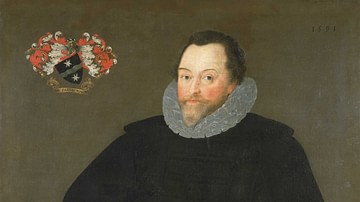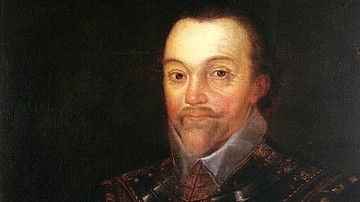Illustration
A map illustrating the systematic European colonization of North America during the Age of Exploration, spanning from the 1490s to the outbreak of the French and Indian War in the 1750s. It captures how Spanish, French, English, and Dutch colonial ambitions carved up the continent, and highlights the shift in the balance of power following the Treaty of Utrecht in 1713, which significantly curtailed French influence in favor of British expansion.
Throughout this period, competing colonial empires established settlements, trading posts, and territorial claims across vast regions of North America. Spain dominated the south and southwest, France laid claim to the Mississippi Valley and Canada, while Britain steadily expanded along the Atlantic seaboard. The Treaty of Utrecht ended the War of Spanish Succession and forced France to cede significant territories, including Newfoundland, Hudson Bay, and Acadia, to Britain — setting the stage for future conflicts that would ultimately reshape the continent’s political landscape.
About the Author
Cite This Work
APA Style
Netchev, S. (2021, September 20). European Colonization of North America c.1750. World History Encyclopedia. Retrieved from https://www.worldhistory.org/image/14633/european-colonization-of-north-america-c1750/
Chicago Style
Netchev, Simeon. "European Colonization of North America c.1750." World History Encyclopedia. Last modified September 20, 2021. https://www.worldhistory.org/image/14633/european-colonization-of-north-america-c1750/.
MLA Style
Netchev, Simeon. "European Colonization of North America c.1750." World History Encyclopedia. World History Encyclopedia, 20 Sep 2021, https://www.worldhistory.org/image/14633/european-colonization-of-north-america-c1750/. Web. 30 Jun 2025.








